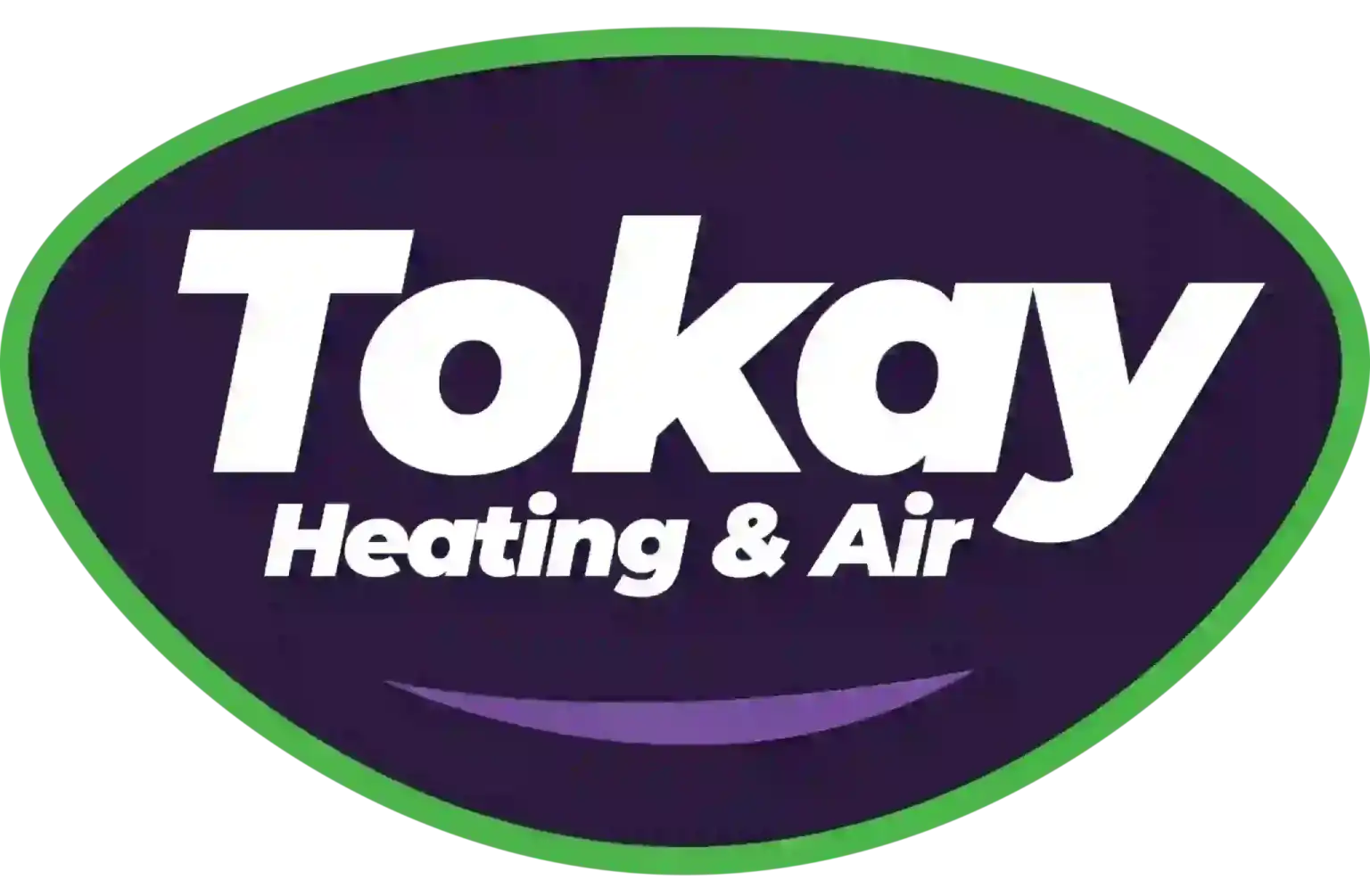As the colder months approach, having a reliable furnace is essential for maintaining a comfortable home environment. However, recognizing when it’s time to upgrade to a new furnace can be challenging. Aging furnaces may not be as efficient or effective as they once were, leading to a less comfortable and more costly heating experience.
Understanding when to replace your furnace is key to ensuring consistent warmth and comfort throughout your home.
Recognizing the End of Your Furnace’s Lifespan
One of the first signs that your furnace is reaching the end of its lifespan is frequent breakdowns. If you find yourself scheduling constant repairs and experiencing interruptions in heating, it could be time to consider a new furnace installation. As furnaces age, components become less reliable, leading to increased mechanical issues. Another key indicator is unusual noises. Sounds such as rattling, banging, or whistling can suggest underlying problems with your furnace’s internal parts.
The age of your furnace also plays a crucial role in determining its efficiency and reliability. Furnaces typically last between 15 to 20 years. If yours falls within or exceeds this range, evaluating its performance history is wise. An older furnace is more likely to struggle with efficiency, costing you more in operational expenses. It’s essential to weigh your repair costs against the benefits of installing a newer model, which brings modern efficiencies and dependability.
Considering these factors—breakdowns, noises, and age—helps in making informed decisions. Investing in a new furnace at the right time spares you from ongoing hassle and rising costs, ensuring your home remains comfortable throughout the colder seasons.
Escalating Energy Bills and Repair Costs
A steady rise in energy bills often points to an underperforming furnace. As heating systems age, they require more energy to maintain the same level of comfort in your home. Older models lose efficiency over time, forcing the system to work harder, which translates into higher utility costs each month.
Constant repairs are another telltale sign that your furnace needs replacing. If repair expenses have become routine, it might be more cost-effective to invest in a new heating installation. Chronic issues not only burden you financially but can also lead to unexpected breakdowns, leaving you without heat during crucial times.
Upgrading to a newer furnace model can alleviate these burdens. Modern furnaces are designed with enhanced energy efficiency, significantly reducing your monthly heating expenses. They also require less frequent maintenance and repairs, because built-in technologies ensure longer-lasting operation.
By switching to an updated furnace, you gain more reliable performance, lower energy consumption, and eventual savings over continued repair costs. This not only improves home comfort but also provides financial relief by minimizing energy and maintenance expenditures.
Inconsistent Home Heating
Uneven heating in your home can be a significant sign of furnace inefficiency. If certain rooms are consistently colder than others, your system might be struggling to distribute heat evenly. This inconsistency often results from an outdated or malfunctioning furnace unable to maintain consistent temperatures throughout the house.
Temperature fluctuations are another red flag. If your home experiences wide temperature swings, your furnace may be failing to regulate heat effectively, indicating that it could be time for a heating repair or a new heating installation. An efficient furnace ensures that your home remains uniformly warm, enhancing comfort and reliability.
A new heating installation can help resolve these issues. Modern furnaces offer better heat distribution and more reliable temperature control, ensuring that every room in your home remains comfortable. Upgrading your furnace not only enhances warmth but also optimizes energy use, translating to smoother operation and potentially lower utility costs.
Modern Technology and Features
The latest advancements in furnace technology offer compelling reasons to consider a new installation. Modern furnaces come equipped with improved HVAC systems that maximize efficiency and performance. Features such as variable speed blowers and advanced heat exchangers contribute to quieter, more efficient operation.
Smart thermostats are another significant feature in newer models. They allow precise control over the heating system by learning your preferences and adjusting accordingly. This flexibility not only enhances comfort but can also lead to substantial energy savings.
Moreover, smart thermostats interact seamlessly with HVAC systems, providing enhanced control and monitoring of your home’s temperature. With these advancements, you gain a more responsive heating system capable of meeting your specific needs, ensuring optimal comfort and efficiency.
Conclusion
Determining when to replace your furnace involves recognizing key signs such as frequent repairs, rising costs, and inconsistent heating. Investing in a modern furnace offers advantages that go beyond basic functionality. With enhanced features and improved technology, a new furnace installation can significantly elevate your home’s comfort and efficiency.
For expert advice and assistance with your heating needs, contact Tokay Heating & Air. Our professionals are ready to provide tailored solutions and ensure your home remains warm and comfortable. Don’t let an outdated furnace diminish your comfort—get in touch with us today to explore your options and schedule a furnace installation in Laguna, CA!


